____________

____________
An ordinary-looking bound notebook contained pages of Pyrofilm and came packaged with an incendiary pencil. To prevent notes from falling into the wrong hands, an agent could simply pull the eraser out of the pencil, causing the notebook to burst into flames.
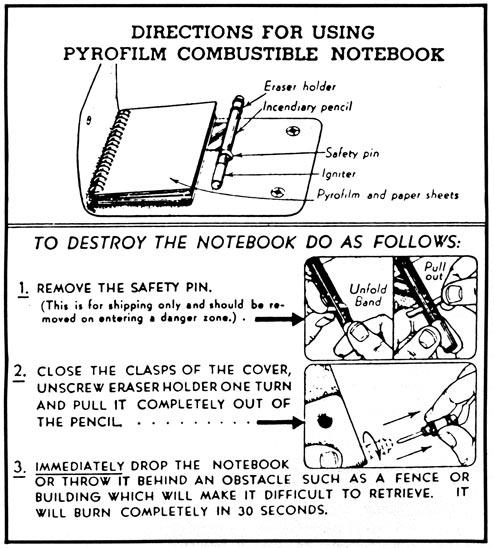
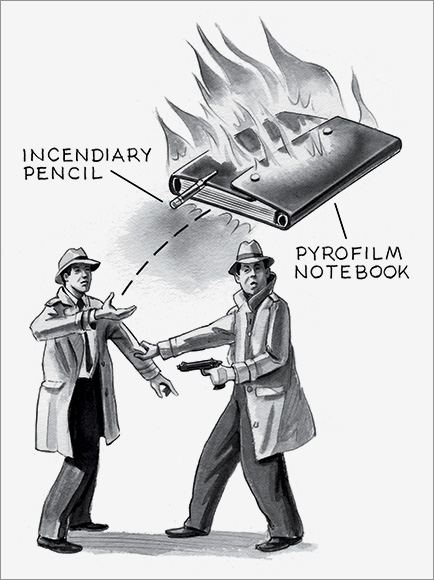

______________
The poison-tipped flick-knife shoe worn by CIA agents during the Cold War. One quick, light kick to any part of someone’s body would kill them within twenty minutes.

______________
There are strange-looking remnants that stand alone in the isolated fields along Britain’s coast. They are the long-forgotten acoustic reflectors, dubbed by locals as the “listening ears.” These lonely structures were built to protect harbors and coastal towns from airborne attacks. Serving as an early warning system, microphones placed at the focal point of the reflector enabled it to detect sounds from flying aircraft over the English Channel, at a range of 30 kilometers.
______________
Perhaps the most exotic device used by British secret agents during World War II was the “explosive rat”. A hundred of the rodents were procured by an SOE officer posing as a student needing them for laboratory experiments. The rats were skinned, filled with plastic explosive, and sewn up. The idea was to place a rat among coal beside a boiler. When they were spotted, they would immediately be thrown on to the fire, causing a huge explosion.

______________
Well on Christmas 2012, I got this helicopter called the Sky Spy. It is like an Air Hog, but with a camera. You can take photos or videos. While my mom was passed out on the couch, I took my first video with the Sky Spy.
______________
A female agent could read the secret code from the mirror while pretending to be doing makeup. The code was only visible at certain angle.

_____________

______________
Upon first glance, The Sparrows UNCUFF LINK appears to be a standard pair of cuff links. However, a covert, hidden handcuff key has been engineered in to the design. This concealed hand cuff key will open all Standard Hand cuffs. It’s also designed to hold your French Cuffs closed. WARNING: The use of this product under some circumstances may result in you being shot.

_____________
This was a top secret sulfurous stench weapon developed by the American Office of Strategic Services during World War II to be used by the French Resistance against German officers. It smelled strongly of fecal matter, and was intended to be unobtrusively sprayed on a German officer, humiliating him and, by extension, demoralizing the occupying German forces. The experiment was very short-lived, however. The weapon had a high concentration of extremely volatile sulfur compounds that were very difficult to control: more often than not the person who did the spraying ended up smelling as bad as the sprayed. After only two weeks it was concluded that the weapon was a dismal failure.
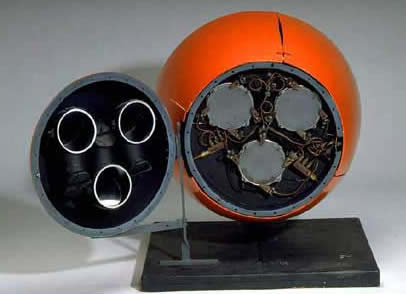
______________
MAV is a micro air vehicle that can be as small as 15 centimeters. The small craft allows remote observation of hazardous environments inaccessible to ground vehicles. These insect-sized drones of the future, otherwise known as bugbots, are unobtrusive and can sneak up on a suspected enemy as stealthily as a mosquito.
______________
Major Martin was a homeless man, who died of pneumonia and was then used as a weapon of deceit by the British in Operation Mincemeat. The body was disguised as a dead Royal Marines Officer and left to be found in the sea off the Spanish coast, with a briefcase full of top secret files chained to his wrist. When the body was brought to Madrid, those documents indicated that the Allies were preparing an invasion in Sardinia. However, this was all a trick to persuade the Germans into thinking that the Allies were going to invade Sardinia, instead of Sicily. The trick miraculously worked, and the Germans pulled thousands of troops from Sicily to defend Sardinia. Thousands of Allied troops owed their lives to the deception of Major Martin.

_____________
This fake turd was a CIA transmitter.

______________
This pipe fired .22 calibre bullets through its stem and could be used to smoke tobacco even when loaded.

_______________
This is the ballpoint pen that laser-scans documents as easily as it scribes notes. A high-precision auto-focus lens and 5-megapixel sensor built into the pen scan letters, recipes, or important documents as crisp, clear 2048 x 1536 pixel images. Pressing the shutter button halfway projects a visible red laser frame onto a document, and the pen automatically focuses the image just before the picture is taken. The device has 1 GB of built-in flash memory that holds up to 1,000 scanned pictures in JPEG format and the pen also captures voice memos in WAV format with the integrated microphone. Twisting the pen apart reveals a USB plug that downloads scanned images to a computer.

______________
These rubber soles would slip over SOE agents’ military boots to disguise their treads and make the enemy think the footprints were those of barefooted locals.
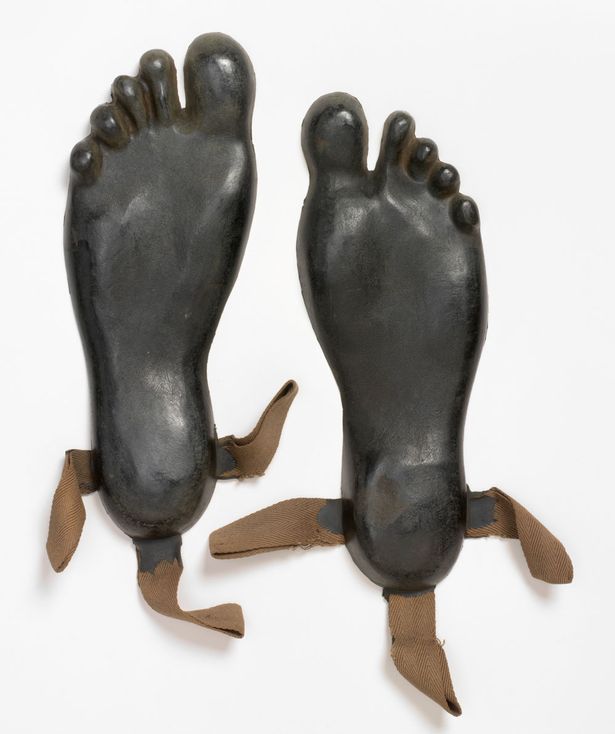
______________
The Spy Bluetooth Earpiece goes deep into the ear and is so low that it cannot be seen. Although it requires no batteries, it would take a super-strong magnet to pull it from your ear canal. It is in great demand now as it is a very useful gadget and the youngsters like the device very much because of its style and fashion senses and nowadays the youngsters need these high tech gadgets to be popular among the friend circles. The kids too are nowadays, gadget freak as new gadgets make them feel very modern and updated.
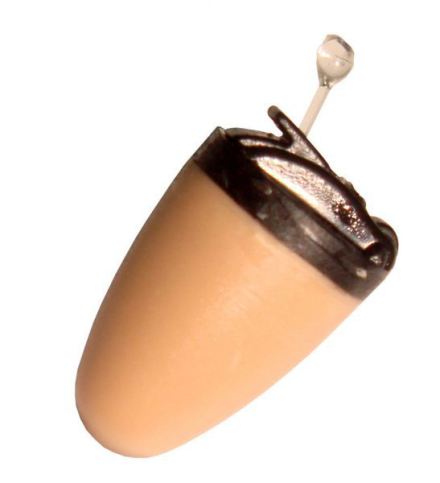
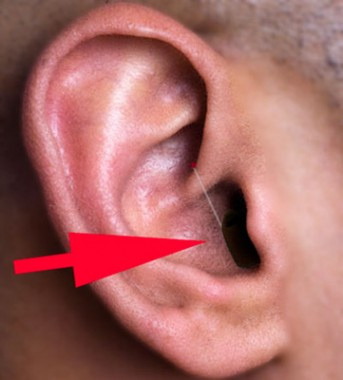
_______________
This CIA tool kit was designed to be concealed anally by agents in the 60s.
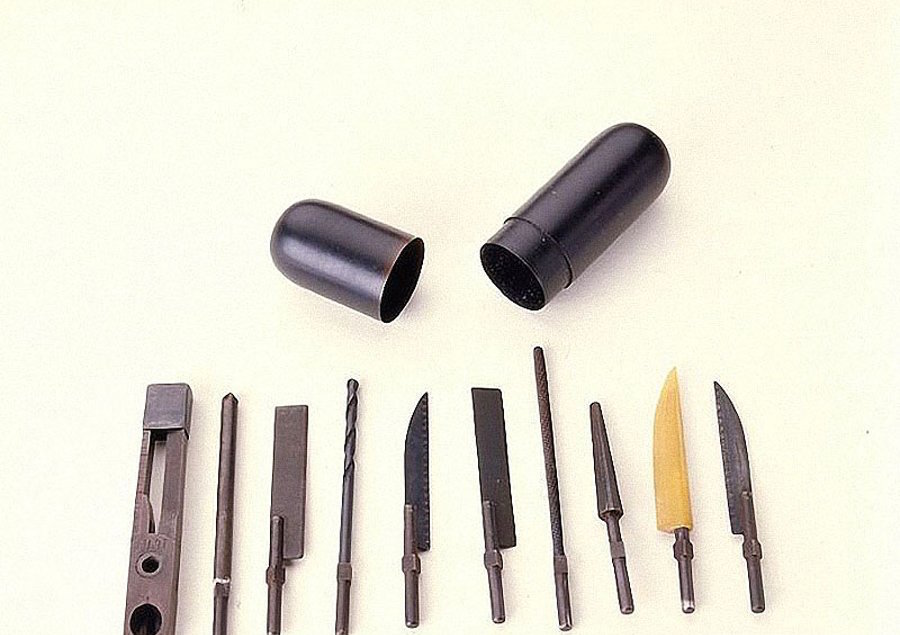
_______________
The Terrestrial Shrub Rover is disguised as a well-manicured shrub. The rover also includes a camera and an electric powertrain to make spying easier. On the plus side, it is solar-powered. Designed by Justin Shull, the rover has a Go-Kart frame and a fiberglass dome. Atop this dome the foliage is glued to dupe the unsuspecting victims.
_________________
Many spies used a microdot camera, a device the size of a thimble that was easy to hide. It produced very tiny images that required a magnifying viewer to read. Photographic devices were hidden in wooden statues, chess boards and other objects. Information itself, especially in the form of microdots, could be hidden virtually anywhere. Film was stashed inside fake coins, fake batteries with hollow middles (with a real, functioning battery inside), shaving brushes, cigarettes, shoe heels, ashtrays, bolts and nails — even a fake eyeball. In many cases, these items had a mechanism that would release a small amount of acid if it was opened improperly. The acid would destroy the film, saving the spy from detection in the event of a thorough search by suspicious enemy agents.

_______________
If a CIA operative were caught, he could choose capture or death by this pin. When twisted the right way, the silver dollar would unleash a pin coated in saxitoxin. Its user would die in seconds from the poison.


______________
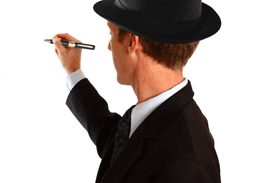
______________
Thanks Mr. E for all the help, you inspired me to do what i do best, spy!
________________
These CIA issued glasses contain poison in the arms.

________________
The famous bouncing bombs first used by RAF Squadron 617 were masterminded and created by inventor Barnes Wallis. The bouncing bomb, as the name portrays, bounces on water, partly due to the spherical shape (which Wallis discovered while skipping marbles in his garden pond). Therefore, it became very effective at avoiding torpedo nets, and its ability to be aimed directly at a target was seen as a huge advantage.
_________________
The super secret spy lens works just like a periscope, it has a secret cut out on the side of the lens and a mirror inside. The lens fits on to your cameras SLR lens and it can be rotated 360 degrees so you can shoot from any angle. So basically you can point your camera at one subject and take a picture of another, in complete secrecy.

_________________
This is a special very multipurpose brief case.

______________
This special type of device was used to remove letters from the envelopes without disturbing their seals. Its pincer like head is inserted into the envelope to wind-up the letter and remove it.
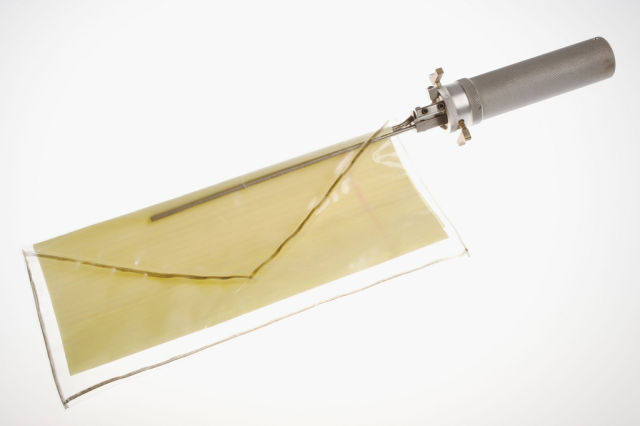
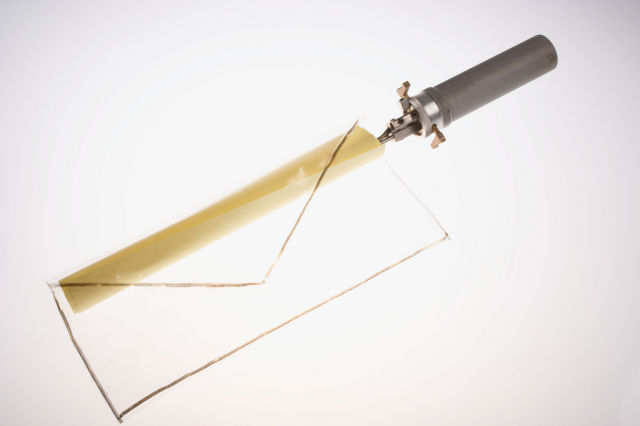
_______________
This European-made electric suitcase is unlike any suitcase you’ve ever seen – it is made with real security in mind. The first line of defense is the ability to trigger a loud 107dB alarm via a remote control. With a simple push of a button, the noise should deter most robbers. If even the alarm fails and the robber manages to snatch the suitcase away from you, smile at him and hit the second button on the remote. This activates the suitcase’s 80,000-volt electric shock. Although not as deadly as a 900,000-volt stun gun, that shock is enough to make anyone drop that suitcase. If that doesn’t stop him and he grabs the suitcase again, push a third button that activates a 900,000-volt electric shock that will fry his nervous system and brain and kill him instantly.
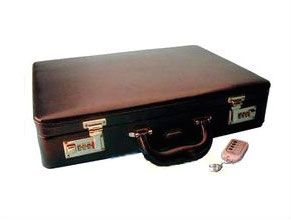
______________
A tiny gun hidden on the inside of a glove.

______________
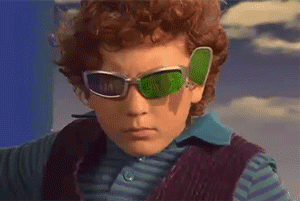
_____________
How to make a spy pen. The spy pen can write, conceal notes and shoot bb’s. I was 10 in this video.
_____________
“Charlie” was an unmanned underwater vehicle (UUV) disguised as a fish. Fitted with a hidden camera and listening devices, one human rider could fit inside and drive Charlie into enemy territory. “Charlie” was a line-of-sight radio control robotic fish that came complete with built-in ballast and propulsion systems that allow it to swim in a realistic fish-like manner.

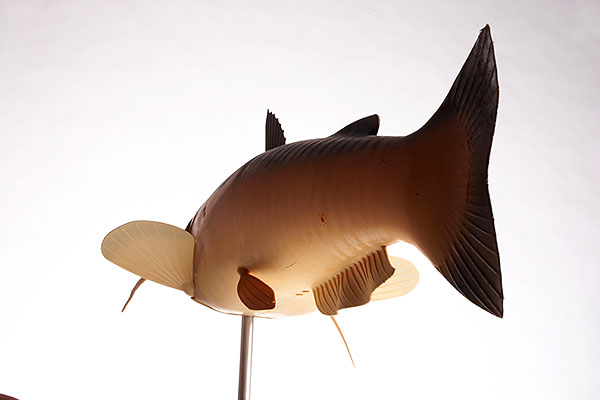
_______________
During World War II, German agents had designed Chocolate Bomb, steel bomb was disguised in a piece of chocolate, the bomb would explode seven seconds after the chocolate was broken off.

______________
One-time pads (OTP) were used for the encryption of messages using a secret key. They were issued in pairs by the CIA, one was used for encoding and other for the decoding. Once a sheet was used it was destroyed ensuring unbreakable security.

______________
HOW TO CREATE A SPY ID CARD. THIS IS JUST ONE OF MY SPY VIDEOS.
________________
A system for listening radar and air defense systems discovered by KGB agents.
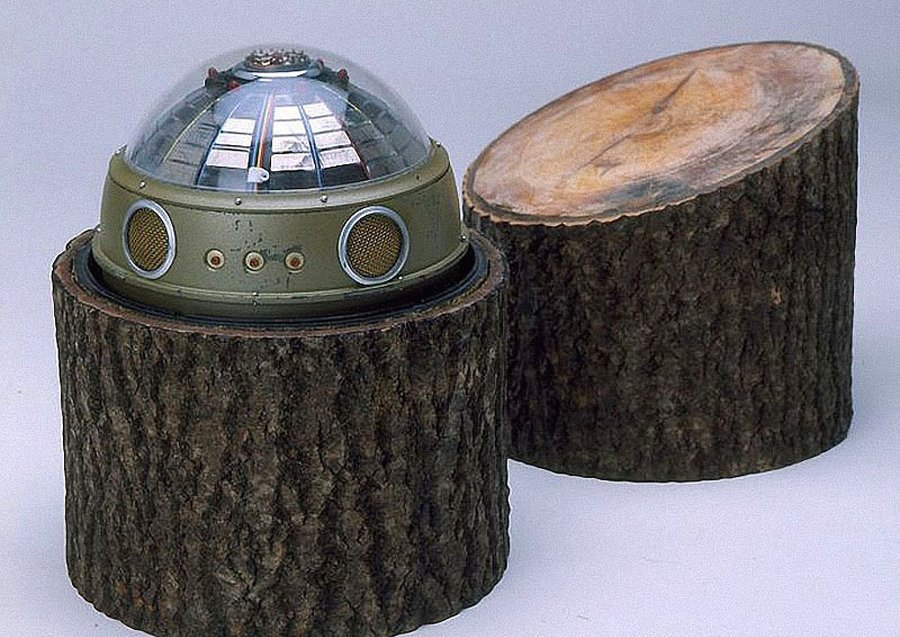
_______________
This CIA map was printed in silk, could easily be folded with compactness and concealed. It was also possible to wear it like a scarf. The colors of the map were not effected even if the agent made an escape through the water.

______________

______________
This is a professional grade piece of counter-surveillance equipment, trusted by private investigators and law enforcement officials. The mini hidden camera detector scans frequencies from 900 MHz to 6 GHz, and for the most common formats, like PAL, NTSC, CCIR, and EIA. You won’t just find those cameras, though. You can access and view their feeds, thanks to the 2.5” color LCD screen right on the wireless camera detector. You can even attach the mini hidden camera detector to a DVR, and record those feeds that are keeping tabs on you.

______________
This 1880s pocket watch was really a collapsible camera.

________________
The Envelope X-ray Spray is a special spray that makes solid paper temporarily completely translucent, so that you can easily take a look at contents of the envelope without opening it. This effect remains on the envelope for only 30 seconds, after which the envelope returns to its original solid state without any trace of any discoloration, marking, stain or any other signs of tampering.
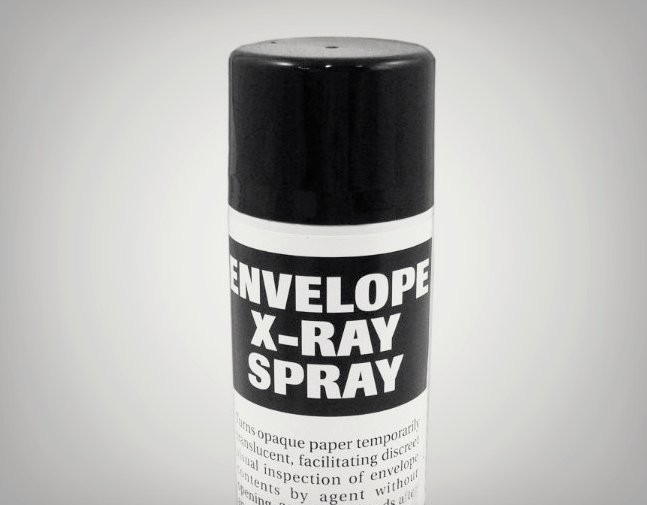
_______________
“Belly Buster” is a CIA Gadget from the early 60’s. Consisting of many parts, it was used to drill holes into rooms for the implantation of the secret hearing devices.
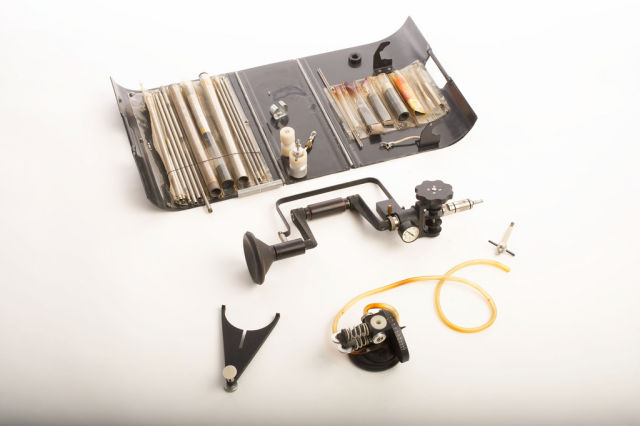
________________
These military grade burning lasers are only the size of a pen but can cut like a knife, light things on fire, and have their beam be visible any where you point it; hundreds of miles away! They also contain a function where the beam can still ignite and carve things or human flesh but will be made invisible to the naked eye.
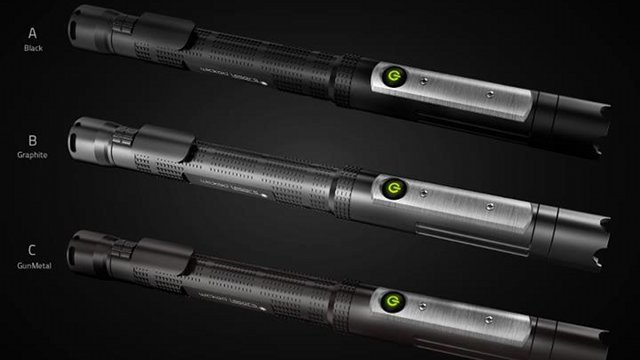
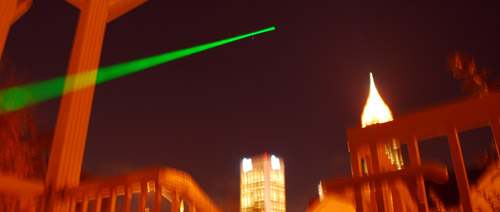
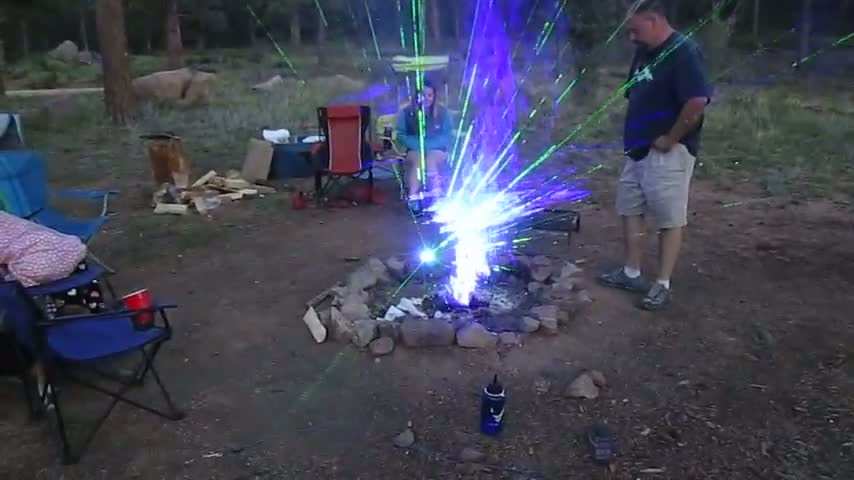
_______________
A CIA bomb disguised as a rock (the box contains camouflage paint for the bomb).
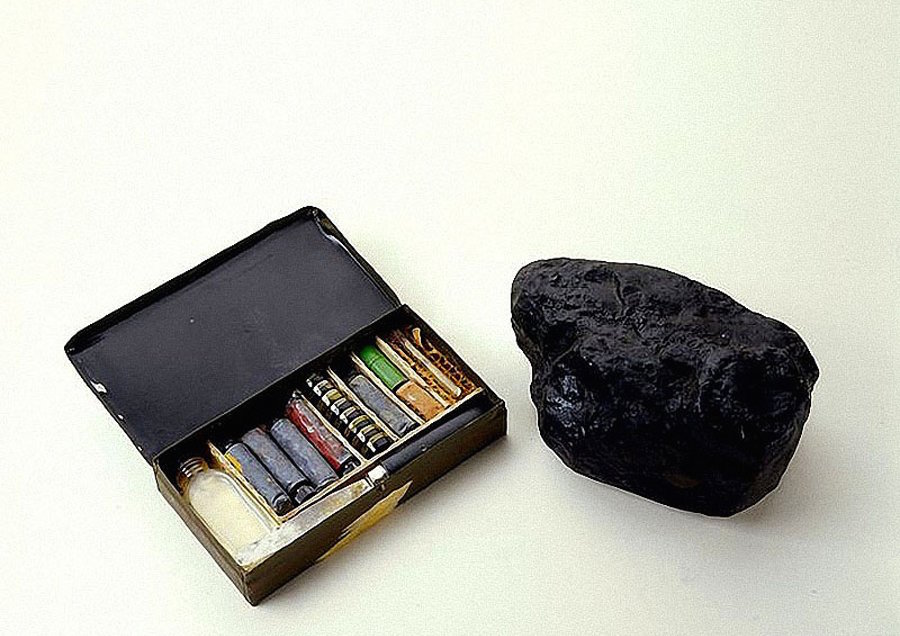
_______________
This is a professional grade piece of counter-surveillance equipment, trusted by private investigators and law enforcement officials. The mini hidden camera detector scans frequencies from 900 MHz to 6 GHz, and for the most common formats, like PAL, NTSC, CCIR, and EIA. You won’t just find those cameras, though. You can access and view their feeds, thanks to the 2.5” color LCD screen right on the wireless camera detector. You can even attach the mini hidden camera detector to a DVR, and record those feeds that are keeping tabs on you.
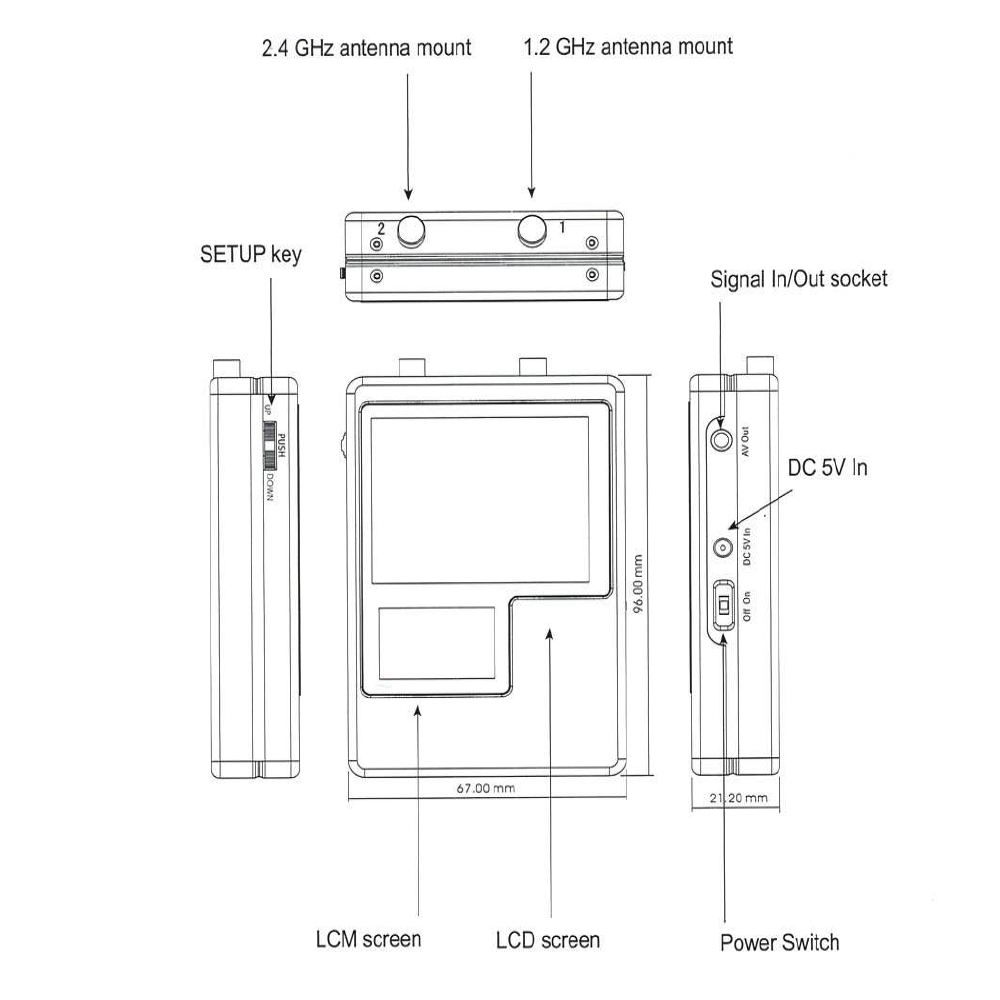
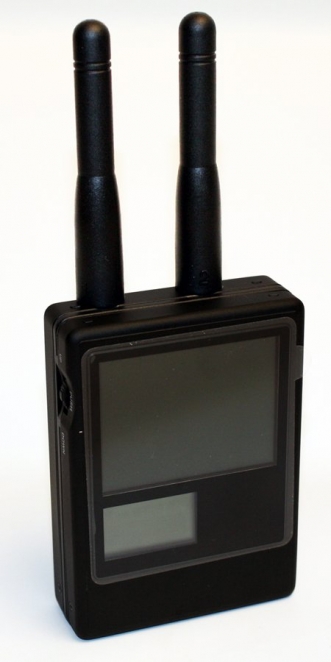

_____________

_____________
The Lighter DVR looks like an everyday lighter, and even function likes one also, it has a built in spy camera and can record secret videos at a resolution of 640 x 480. It measures 64.5mm (L) x 38.4mm (W) x 18.4mm (h), and comes with a microSD card slot which will take cards up to 8GB, it connects to you PC via USB, and also has a built in digital audio recorder.


_____________
A camera disguised as a watch, from the German Secret Service.

____________
Spying on the neighbors
_____________
There is nothing worse than knowing something is being said in the next room that you cannot hear. So, to solve this problem, you can grab yourself one of these devices. It is so high tech it comes with a set of earphones to help you position the device on the wall where needed while not compromising your ability to get your ear to it.
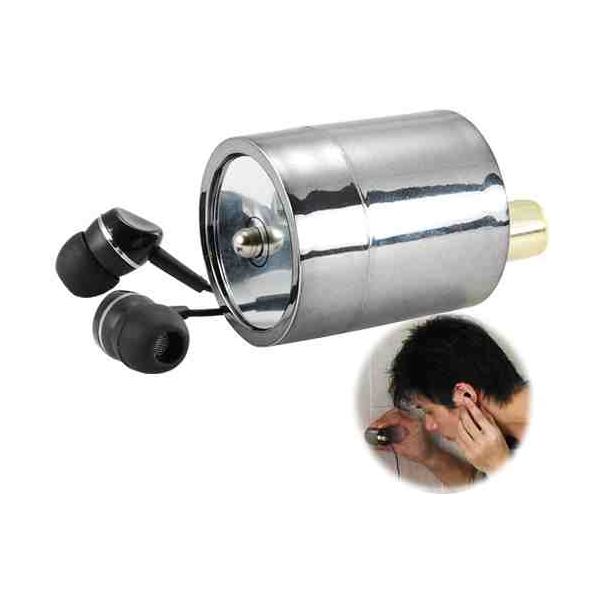
____________
A bomb disguised as a canteen.

_____________
This camera shirt is totally inconspicuous and will turn you into a contemporary indie frat-boy spy, untrained videographer and pervy voyeur liable to get arrested, all in one swift move.

_____________

______________
These are Real X-Ray Glasses. And while you won’t be able to see through a safe (like Superman), you will be able to see through a vast majority of swimsuits. The glasses utilize infrared viewing technology. This allows them to penetrate certain materials (i.e. swimwear and various synthetic materials) much better than ultra-violet based optics. They function indoors and in the wild — low light doesn’t appear to be a problem with these glasses. They also come with a palm sized portable digital video recorder so you can have a memoir of your peeping at 470 lines of resolution-in color. This device hooks up to the glasses through a thin cable. A wireless version is available as well.

______________
Become the perfect undercover Goth spy with this tiny camera concealed in a gloomy cross.

______________
Spy Gear Lie Detector Kit comes with a hand book and an LED light that occurs when the suspect tells a lie. Portable and easy to carry with you to the office, parties, clubs, and even hot dates, it is ideal for the person who wants to find out the truth from a person who tends to make up stories. You attach a sensor to the suspect’s finger and then you will start by asking easy to answer questions before you reach the hard or more technical questions.

*
p.s. Hey. ** Dominik, Hi!!! Yeah, I did zip yesterday, which felt good. Today we start full on, full time into the sound mix, so the nothingness was needed. ‘The Nice Guys’: I don’t know what that is, I don’t think, but, since it’s a potential three timer for you, I will. Urgh, but also high hopes on the webinar entree. I’m so hopeless on paying taxes I should be on display in a Ripley’s Believe It Or Not museum. Love giving your clothing many, many secret compartments filled with spy gear to let you ace any life situation *like that* (fingersnap), G. ** Corey Heiferman, I think announced, named movements are also both a community building device and time proven successful clickbait. That video sounds potentially lettrist, at least on the loose end of the scale sense? Your life tinkering sounds ideal. Actually, it sounds like my life when I’m not locked into a heavy work schedule like now. You in Paris potentially, nice! And thanks for the Temenos dates. Noted. For better or worse, my life is going to be tethered to whatever the film and its release requires of me for the next while. Shouldn’t be an onslaught though. I’d love to hit that. ** _Black_Acrylic, Awesome, I was so wondering when the next Play Therapy would grace us. Everyone, _Black_Acrylic’s riveting and must-do radio show Play Therapy has its third episode, which he describes as ‘splitting up the moment between Scotland, our European future and a Yorkshire present’, online and right here. Treat yourselves! I’m going to let PT3 wake me back up after my long work day today. Thank you, savior. ** Misanthrope, Marionettes are much scarier than androids, or maybe that’s just me. Counterintuitive, yes. But you’ve got to love counterintuitivity. Sweet weekend you had right there, mister. ** Steve Erickson, Yeah, I wish JPEGMAFIA and Playboy Carti would stay away from that disaster, but what can one do. You’re right, doing all of that alone is probably even harder. So sorry. I’ve never read Percival Everett. His stuff always seemed like it would be way too connectional with a capital ‘c’ for me. And the film only reinforced that suspicion. I also have never read Christopher Priest, but I’ve been similarly curious to try him what with the death spotlight. ** Bill, I do think those lettrist guys had a blast. Goodreads wouldn’t let me in. Weird. I really don’t think you need to see ‘American Fiction’. ** Justin, Hi, pal. I do want to see ‘The Iron Claw’. Slow, okay, emotional payoff, excellent. I’ll try it. Monday’s here … what do you think? ** Uday, Hey. Our ghost is sweet, feckless, and meandering. Happy that NYC worked its vaunted magic on you. I miss it. Or I miss parts of it. I only really love the East Village and Lower East Side. I guess I’m a gentrified bohemian. My pleasure! Have a great-y today. ** Right. I haven’t devoted a post to spy tech in many years, and, since it’s one of those childhood fascinations that seems not to have entirely died in my adulthood, I went there. Please have some kind of fun. See you tomorrow.



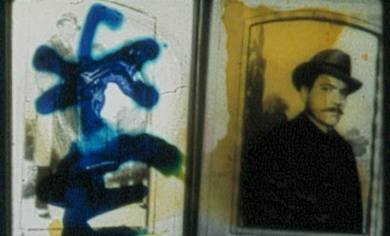

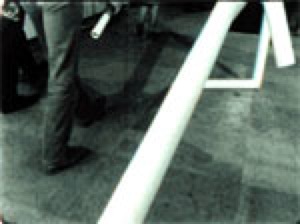

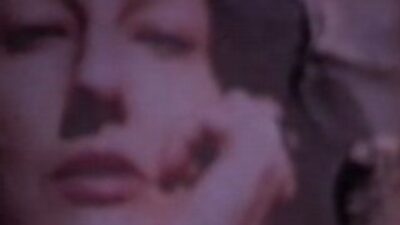

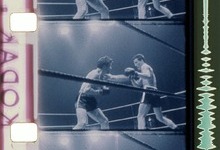


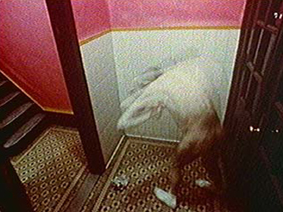

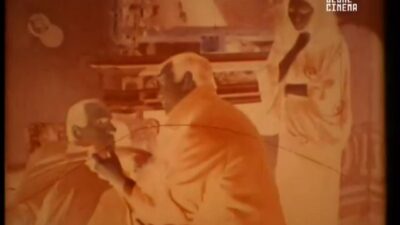


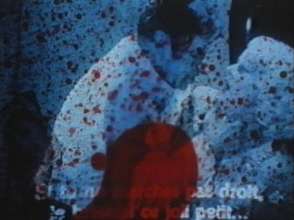
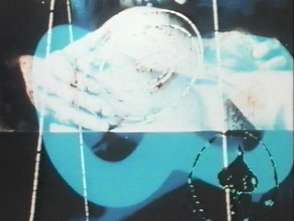



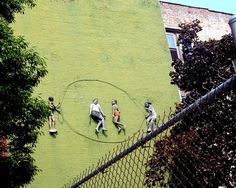
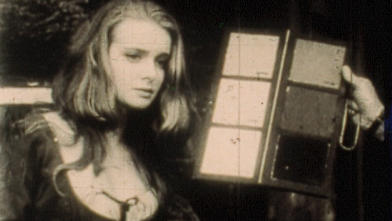
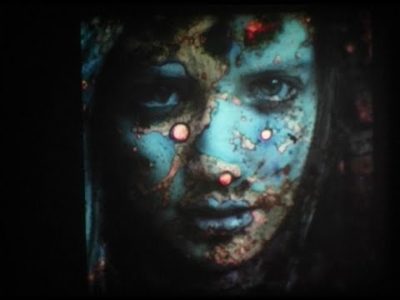










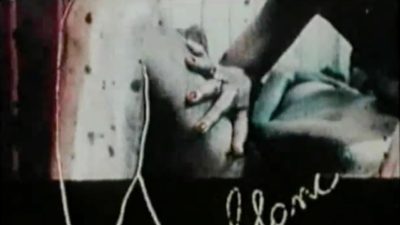
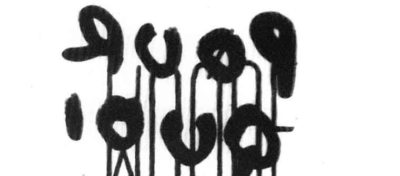

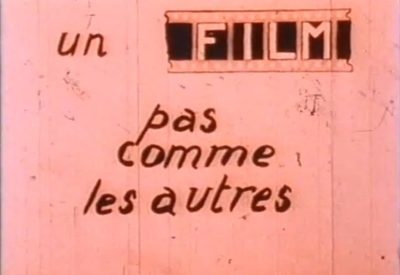

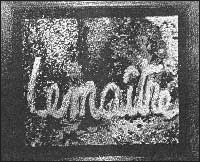

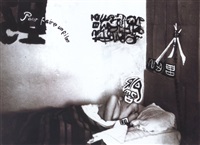

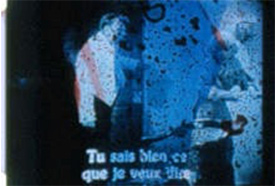
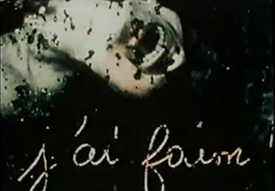
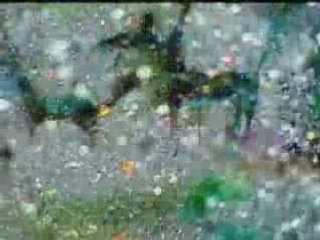




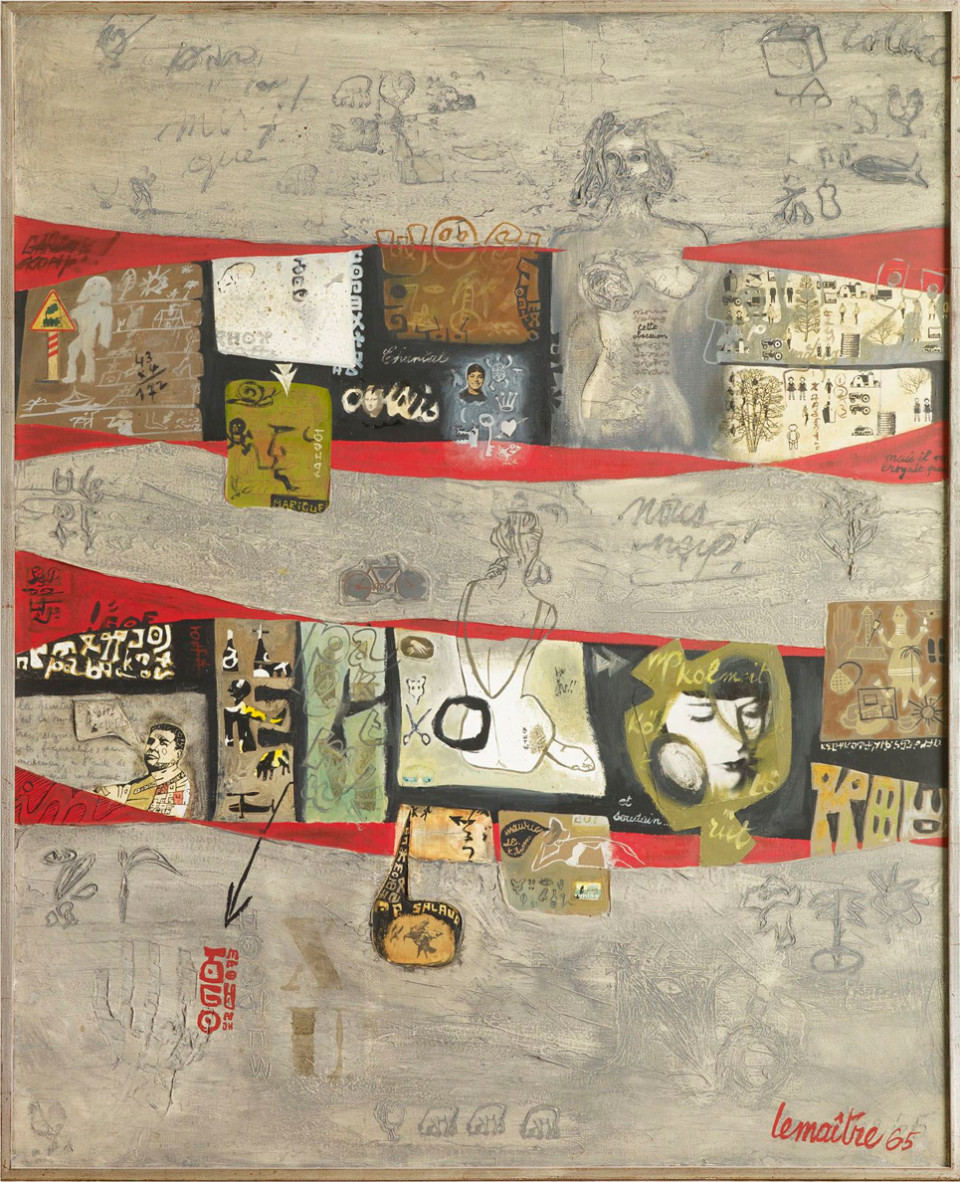
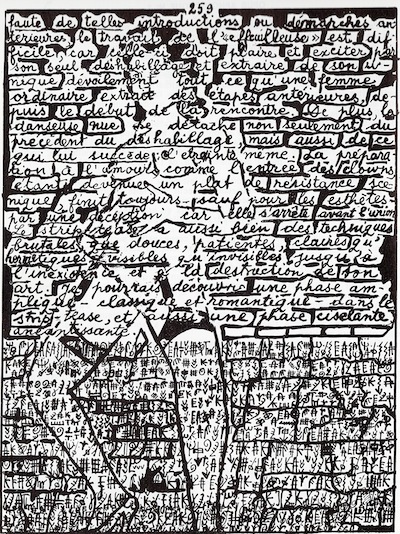
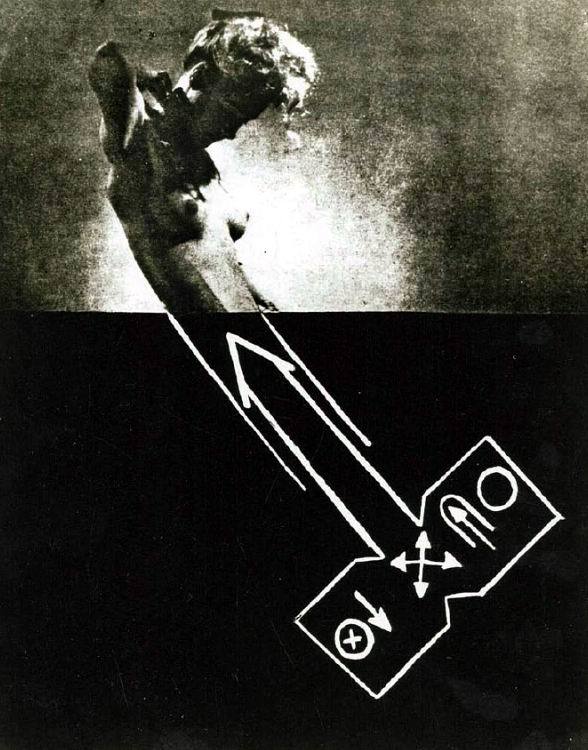
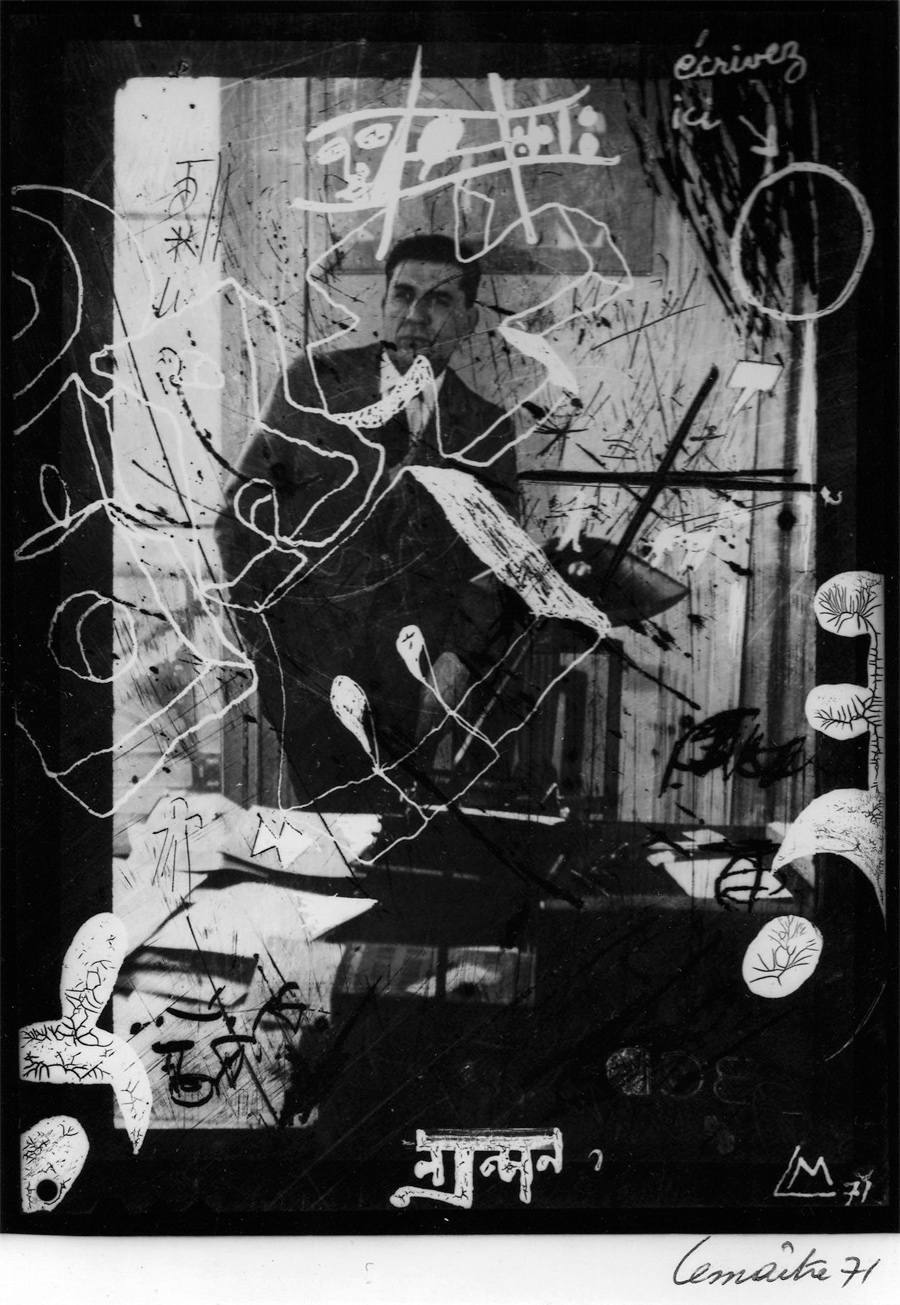


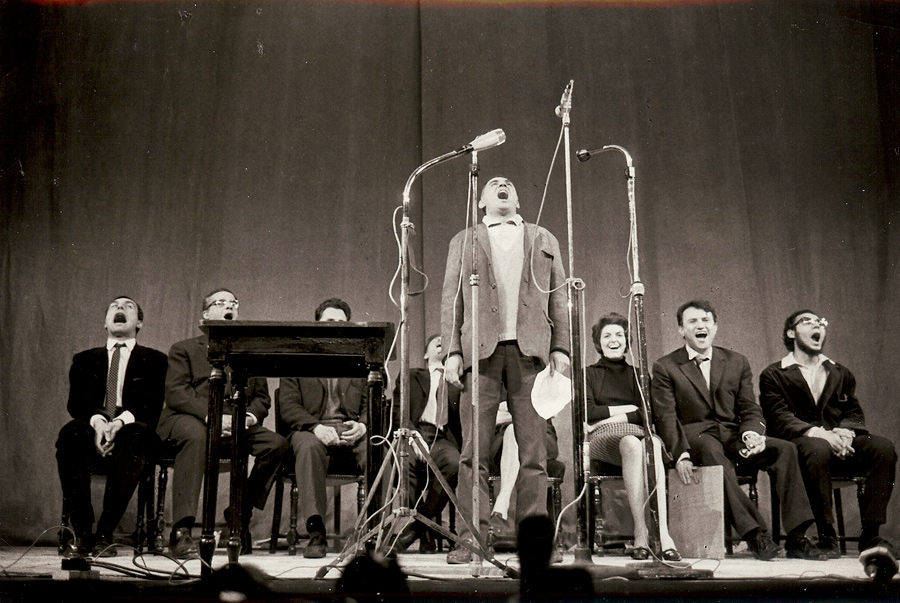







 Now available in North America
Now available in North America 